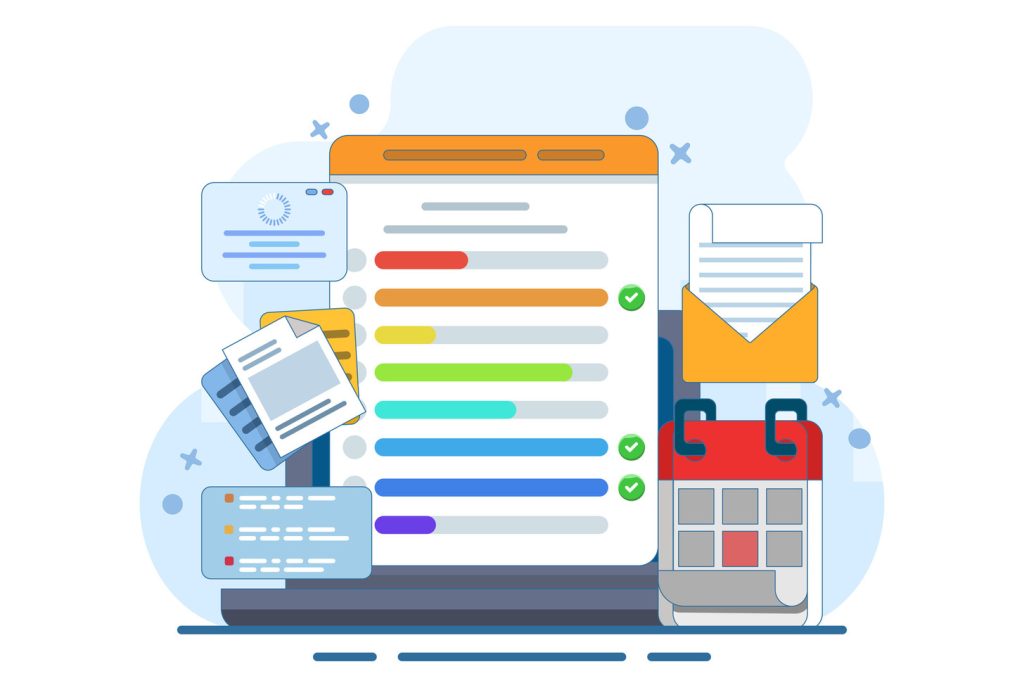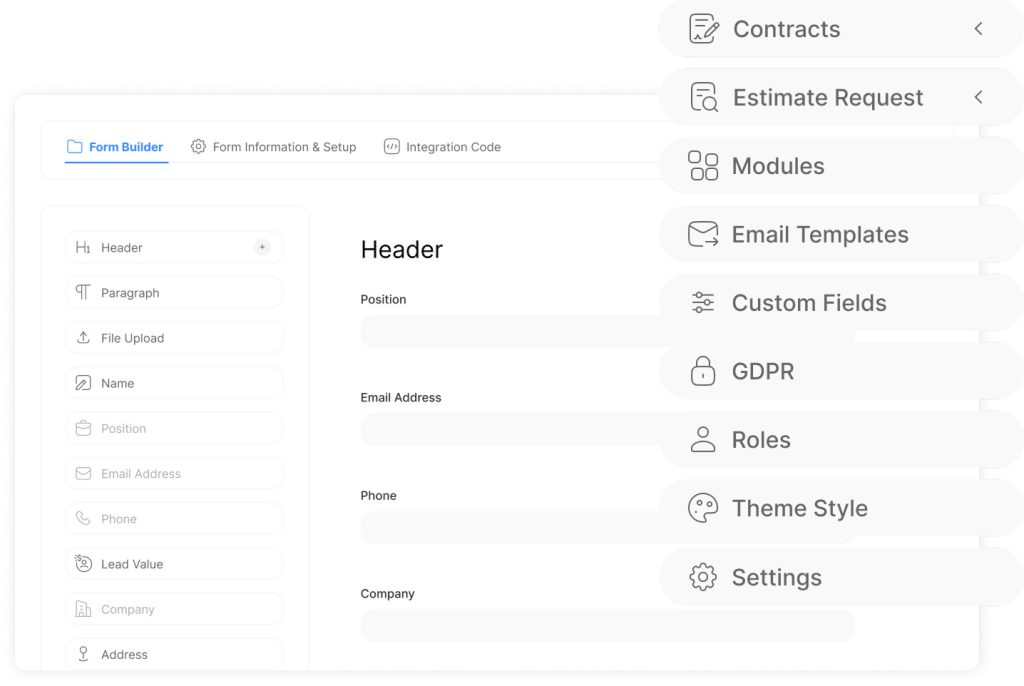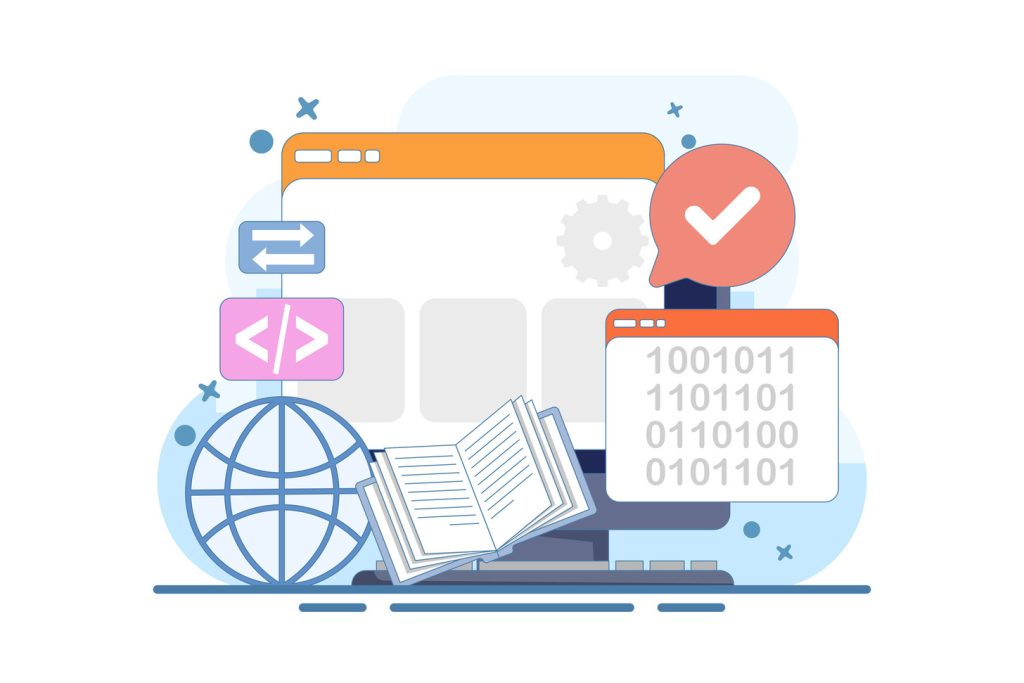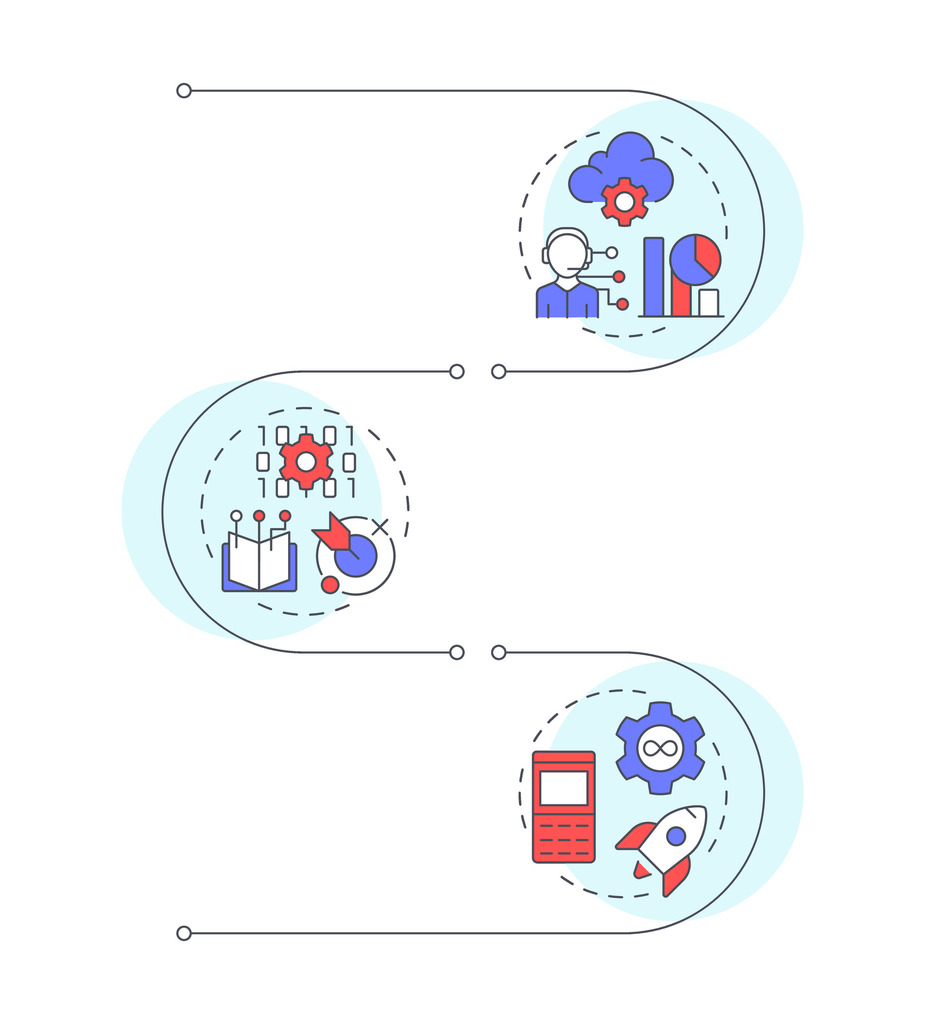Form Builder With Drag-And-Drop Interface for Efficient Data Collection

Modern businesses face mounting pressure to gather critical information quickly. Traditional methods often require technical expertise or lengthy development cycles, creating bottlenecks. Innovative design tools now empower teams to create professional-grade data collection systems in minutes—no coding required.
Leading platforms like Formester, Jotform, and Zoho Forms showcase this evolution. Formester supports over 5,000 active users with satisfaction ratings exceeding 4.4/5, while Jotform connects to 40+ payment systems through its extensive widget library. Zoho’s ecosystem integration proves particularly valuable for businesses seeking unified workflow solutions.
These tools address three persistent challenges: reducing deployment time, bridging technical skill gaps, and ensuring cross-platform compatibility. A marketing team can launch customer surveys by lunchtime. HR departments automate onboarding paperwork without IT support. Real-time data synchronization keeps all departments aligned.
The impact extends beyond efficiency. Organizations gain flexibility to customize fields, branding, and analytics while maintaining enterprise-grade security. This adaptability makes the technology equally effective for client-facing interactions and internal process optimization.
Key Takeaways
- Modern design tools reduce form creation time by up to 80% compared to manual coding
- Top-rated platforms maintain user satisfaction scores above 4.4/5 across diverse industries
- Pre-built templates and widgets enable rapid customization for specific business needs
- Native integrations with CRM and payment systems ensure seamless data flow
- Intuitive interfaces allow non-technical staff to manage complex data operations
Introducing Our Drag-And-Drop Form Builder
Data collection challenges vanish when teams can craft tailored forms faster than scheduling a meeting. This visual design platform transforms raw ideas into functional tools through five intuitive steps:
Overview of the Service
Begin with blank layouts or industry-specific templates. The Add Elements panel offers 30+ field types—from basic text inputs to conditional logic widgets. Users position components through simple drag gestures, adjusting sizes and spacing with pixel-level precision. Multi-device previews eliminate guesswork, showing how submissions appear on smartphones during editing.
“We reduced survey creation time by 73% while improving completion rates.”
Benefits of a No-Code Interface
Non-technical teams gain independence through:
- Instant publishing via shareable links
- Real-time collaboration features
- Automatic mobile optimization
Marketing managers now launch lead-generation forms before campaigns go live. HR departments collect onboarding documents through branded portals without waiting for developers. The system’s interface proves so intuitive that 92% of users report proficiency within their first session.
Key Features of Form Builder With Drag-And-Drop Interface

Streamlining data processes requires tools that adapt to both user needs and technical demands. Leading platforms combine ready-made solutions with granular control, enabling teams to balance speed and precision.
Customizable Form Templates and Fields
Pre-built layouts accelerate creation while maintaining brand consistency. Over 370 modular widgets add functionality like payment processing or conditional logic without coding. Users adjust spacing, fonts, and color schemes to match existing digital assets.
| Feature | Templates | Custom Fields |
|---|---|---|
| Implementation Speed | Instant deployment | 5-minute setup |
| Flexibility | 60+ industry layouts | Drag-to-resize options |
| Complex Scenarios | Basic data capture | Multi-step workflows |
Field management tools let teams duplicate elements or hide non-essential questions based on user responses. Space optimization features automatically condense sections for mobile views while preserving readability.
Responsive, Device-Friendly Design
Every layout self-adjusts across devices through dynamic grid systems. Text boxes reflow when screens rotate, and image scales prevent horizontal scrolling. Real-time previews show exactly how submissions appear on smartwatches or tablets.
Advanced controls maintain functionality regardless of platform. File uploads work seamlessly on Android browsers, while calendar widgets adapt to iOS date pickers. This cross-device reliability boosts completion rates by 22% according to recent UX studies.
Easy to Use: No Coding Required for Efficient Data Collection

Organizations now eliminate technical barriers with design tools that prioritize speed and simplicity. Visual editors transform intricate processes into straightforward tasks, enabling teams to focus on outcomes rather than software limitations.
Simplicity Behind the Drag & Drop Mechanism
The system converts complex layouts into visual puzzles. Users position elements through intuitive mouse movements, seeing immediate results as fields snap into place. Real-time feedback ensures every adjustment aligns with functional requirements and aesthetic goals.
This approach removes dependency on developers for basic changes. A sales manager rearranges lead capture fields before a product launch. Educators modify course evaluation templates during semester breaks. Instant previews confirm how updates appear across devices, preventing costly redesigns.
Quick Setup and Real-Time Customization
Functional prototypes emerge in minutes rather than days. Teams start with blank canvases or pre-configured templates, adding logic gates and validation rules through simple clicks. Conditional formatting adapts questions based on previous answers, maintaining engagement throughout lengthy surveys.
Ongoing modifications keep pace with evolving needs. Marketing departments tweak event registration pages hours before email blasts. HR teams insert new compliance fields as regulations change. The platform’s flexibility supports continuous improvement without disrupting live data streams.
“Our team deployed 14 client intake systems in one week—something that previously took three months.”
Real-World Use Cases and Applications
Organizations across industries are transforming operations through adaptable data solutions. These tools address specific challenges while maintaining user-friendly workflows, proving their value in measurable outcomes.
Event Registration and Appointments
Coordinating gatherings becomes effortless with dynamic forms. Event planners collect attendee names, email addresses, and dietary preferences through structured layouts. Automated confirmation messages reduce manual follow-ups by 65% in reported cases.
Appointment systems sync with digital calendars to prevent double-booking. Healthcare providers and consultants use these tools to send SMS reminders, cutting no-show rates by 30%. Real-time updates keep both staff and clients informed without extra effort.
Customer Feedback Surveys and Job Applications
Businesses gain actionable insights through customizable surveys. Mix rating scales, multiple-choice questions, and open-text fields to assess product satisfaction. Retail chains using this approach report 40% faster response analysis.
Recruitment teams streamline hiring with applicant portals. Candidates upload resumes directly into secure forms while providing professional histories. One tech firm reduced screening time by 50% after implementing this method, according to their HR director.
“Our customer satisfaction scores jumped 22% within three months of deploying smart survey tools.”
Integration and Customization Options

Business ecosystems thrive when tools communicate effortlessly. Modern platforms bridge operational gaps through robust connectivity and brand-aligned design capabilities, turning standalone forms into central workflow components.
Seamless Integrations with Third-Party Tools
Critical business apps connect in three clicks. Native integrations with Salesforce, Google Sheets, and Zoho CRM automatically sync data, eliminating manual transfers. Payment processors like Stripe and PayPal handle transactions directly within forms, supported by 40+ secure gateways.
| Integration Type | Key Platforms | Business Impact |
|---|---|---|
| CRM Systems | Zoho, Salesforce | Real-time lead tracking |
| Productivity Tools | Google Sheets, Zapier | Automated task creation |
| Payment Solutions | Stripe, Square | Faster checkout flows |
Zapier compatibility unlocks 5,000+ app connections. Marketing teams trigger email campaigns when users submit data, while HR departments auto-create employee records. CRM-enhanced workflows improve response times by 34% in documented cases.
Tailored Form Designs to Match Your Brand
Consistent branding builds trust. Adjust colors, fonts, and logos to mirror your website‘s identity. Advanced spacing controls ensure pixel-perfect alignment across devices.
“Our client portals now look like natural extensions of their corporate sites.”
CSS editors empower teams to implement unique styling without compromising the platform’s customization simplicity. Conditional layouts adapt to user behavior—show/hide sections based on previous answers to maintain engagement.
These solutions transform generic form interfaces into branded experiences while maintaining enterprise-grade security. Integration ecosystems ensure collected information flows directly into analytics dashboards and project management tools.
Advanced Features and Scalability for Growing Business Needs

Scalable solutions separate temporary fixes from lasting operational frameworks. Modern platforms now offer enterprise-grade capabilities that expand alongside organizational growth while maintaining user-friendly workflows.
Multiple Field Management and Advanced Widgets
Complex data scenarios demand granular control. Bulk editing tools let teams modify 50+ fields simultaneously—adjusting requirements or hiding inactive elements in one action. Signature widgets and calculation modules automate tasks like contract approvals or quote generation.
| Feature | Business Impact | Scalability Benefit |
|---|---|---|
| Conditional Logic | 37% fewer form abandonments | Supports 200+ decision paths |
| Multi-File Uploads | 64% faster document collection | Handles 15+ file types |
| Payment Widgets | 22% faster checkout completion | Integrates 40+ gateways |
Dynamic forms adapt to user inputs in real time. A healthcare provider reduced patient intake errors by 41% using conditional logic to surface relevant medical history fields.
Adapting to Evolving Data Collection Needs
Built-in version control lets teams test layouts without disrupting live data streams. A/B testing tools compare submission rates across designs, while analytics integrations track completion patterns.
“We scaled from 500 to 12,000 monthly submissions without adding IT staff.”
Automated notifications trigger alerts for:
- Time-sensitive approvals
- Payment confirmations
- Deadline reminders
The platform’s architecture supports 99.9% uptime during traffic spikes—critical for businesses managing seasonal demand or rapid growth. Continuous updates ensure compatibility with emerging business needs while preserving existing workflows.
Conclusion
Businesses now operate at speeds demanding tools that match their pace. Modern data collection solutions eliminate technical hurdles through intuitive drag-drop functionality, enabling teams to deploy professional online forms in minutes. Platforms like Formester demonstrate this shift, offering free tiers that let organizations test capabilities risk-free.
These systems empower non-technical users to build complex workflows. Marketing teams launch lead capture online forms before campaigns go live. HR departments automate document collection through branded portals. Advanced features like conditional logic and payment integrations operate seamlessly within simple interfaces.
Scalability remains central to success. Free starter plans evolve into enterprise-grade solutions as needs grow. Pre-built form templates accelerate creation, while granular customization ensures alignment with website aesthetics. Real-world results show 73% faster deployment times and 22% higher completion rates across industries.
Integration ecosystems transform standalone online forms into workflow engines. Data flows automatically to CRM platforms and analytics dashboards, supported by 40+ secure payment gateways. Users consistently praise the “cannot be simpler” interface that requires zero coding expertise.
Decision-makers seeking efficiency gains can get started immediately. Explore free trials to experience how visual drag-drop builders streamline operations while maintaining enterprise security standards. The future of data management lies in tools that adapt as quickly as your business evolves.

